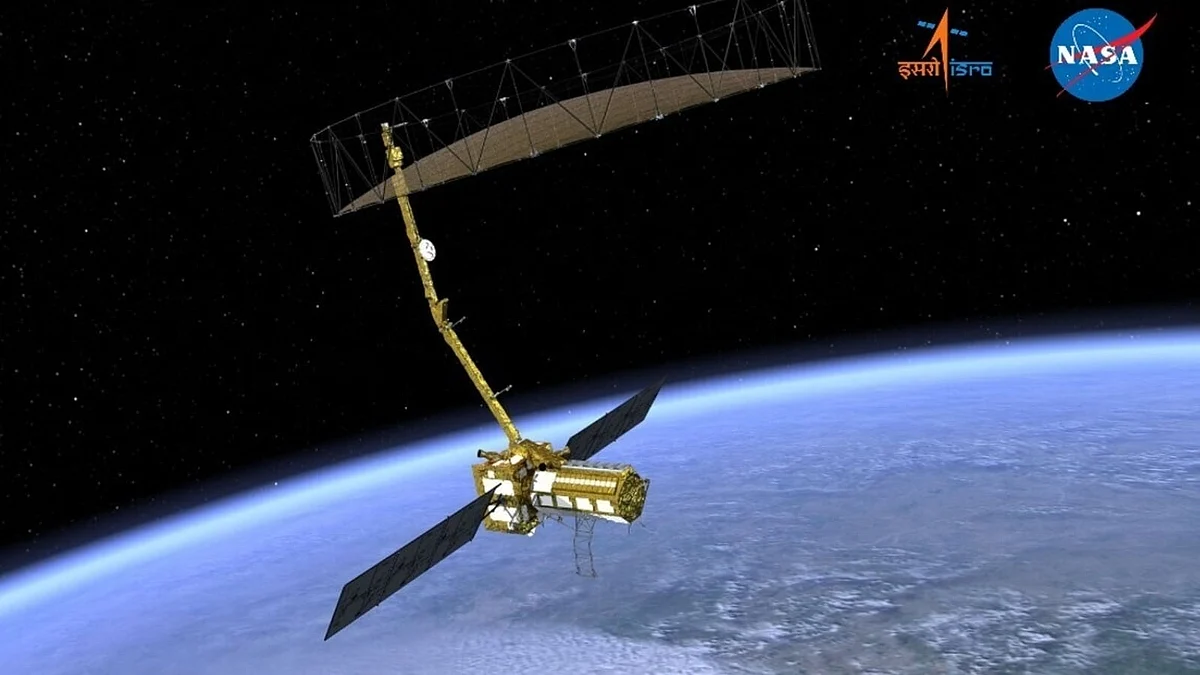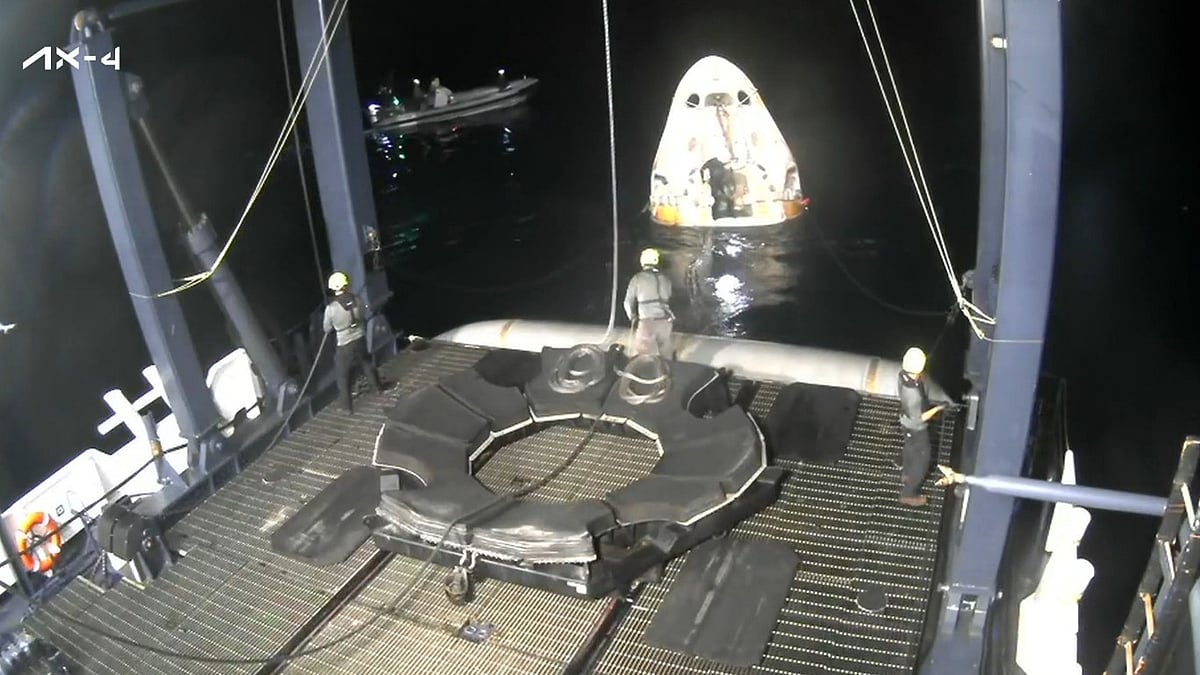Every two years, Mars undergoes a celestial spectacle known as the Mars solar conjunction, during which it appears to vanish from Earth's perspective. Some scientific evidence supports the absence of the Red Planet; therefore, this disappearance is not an unexpected occurrence, optical illusion, or atmospheric anomaly. The alignment started on November 18 and won't finish for another two weeks.
Conjunction is projected to last about two weeks
From Earth's perspective, the Mars solar conjunction occurs every two years. The two planets will be the farthest apart during the conjunction. The standard distance between Earth and Mars is roughly 225 million km, but that distance may increase to 400 million km during the conjunction.
After entering the conjunction's latter half, Mars will reemerge in the Sun's Westside
Mars will gradually reappear to the west of the Sun by the end of the conjunction, according to In the Sky. It will ultimately become visible in the sky for longer and longer periods before dawn. It will reach opposition around a year later, which means that Mars and the Sun will be on opposing sides of our planet. Mars will be visible for virtually the entire night at that time.
NASA has shut down all communications with its Mars fleet
While the conjunction may be a short occasion for sky lovers, it is a very different scenario for several spacecraft currently on and orbiting Mars. Due to the conjunction, NASA has cut off all communications with its Mars fleet. This is due to the Sun's corona potentially interfering with any messages sent between Earth and Mars, leading robotic probes, including the Perseverance Rover and the Ingenuity helicopter, to malfunction.











